 Creepy
Creepy  Creepy
Creepy  Technology
Technology 10 Scientific Breakthroughs of 2025 That’ll Change Everything
 Our World
Our World 10 Ways Icelandic Culture Makes Other Countries Look Boring
 Misconceptions
Misconceptions 10 Common Misconceptions About the Victorian Era
 Mysteries
Mysteries 10 Strange Unexplained Mysteries of 2025
 Miscellaneous
Miscellaneous 10 of History’s Most Bell-Ringing Finishing Moves
 History
History 10 Great Escapes That Ended Right Back in Captivity
 Weird Stuff
Weird Stuff 10 Fascinating Things You Might Not Know About Spiders
 Food
Food 10 Everyday Foods You Didn’t Know Were Invented by the U.S. Military
 History
History 10 Odd Things Colonial Americans Kept at Home
 Creepy
Creepy 10 More Representations of Death from Myth, Legend, and Folktale
 Technology
Technology 10 Scientific Breakthroughs of 2025 That’ll Change Everything
 Our World
Our World 10 Ways Icelandic Culture Makes Other Countries Look Boring
Who's Behind Listverse?

Jamie Frater
Head Editor
Jamie founded Listverse due to an insatiable desire to share fascinating, obscure, and bizarre facts. He has been a guest speaker on numerous national radio and television stations and is a five time published author.
More About Us Misconceptions
Misconceptions 10 Common Misconceptions About the Victorian Era
 Mysteries
Mysteries 10 Strange Unexplained Mysteries of 2025
 Miscellaneous
Miscellaneous 10 of History’s Most Bell-Ringing Finishing Moves
 History
History 10 Great Escapes That Ended Right Back in Captivity
 Weird Stuff
Weird Stuff 10 Fascinating Things You Might Not Know About Spiders
 Food
Food 10 Everyday Foods You Didn’t Know Were Invented by the U.S. Military
 History
History 10 Odd Things Colonial Americans Kept at Home
Pop Culture
Random List
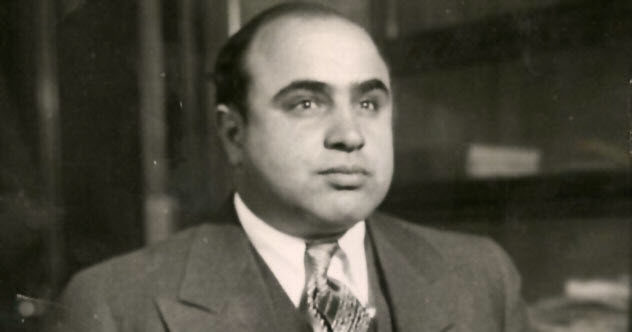 Pop Culture
Pop Culture 10 Cases of Grabbing Defeat from the Jaws of Victory
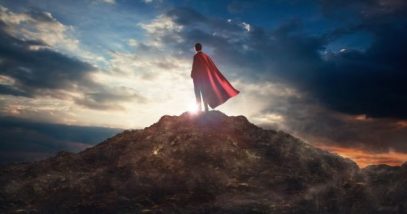 Pop Culture
Pop Culture 10 Reasons We’ll Always Need Superman
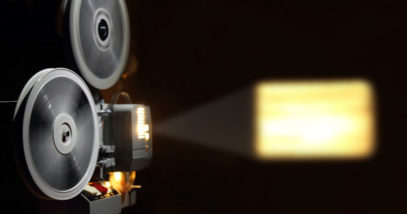 Pop Culture
Pop Culture 10 Pieces of Lost Media That Prove We Don’t Know Our Own History
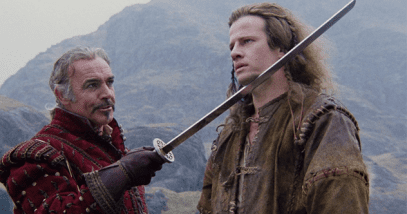 Pop Culture
Pop Culture The Top 10 Legendary Swords from Sword-and-Sorcery Films
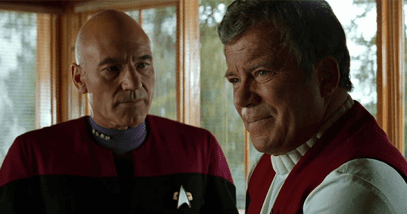 Pop Culture
Pop Culture 10 Most Heroic Captains From Science Fiction Television and Film
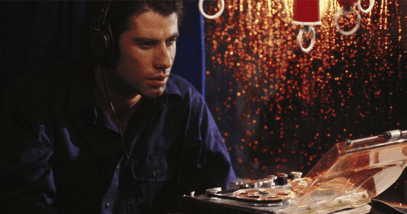 Pop Culture
Pop Culture 10 Psychological Thrillers From The ’80s That Make Us Miss The Analog Creep Factor
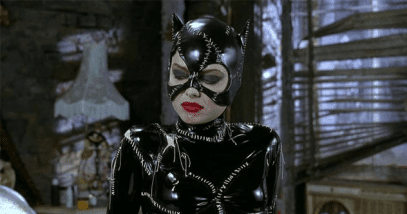 Pop Culture
Pop Culture A Closer Look at 10 of Tim Burton’s Memorable Movie Characters
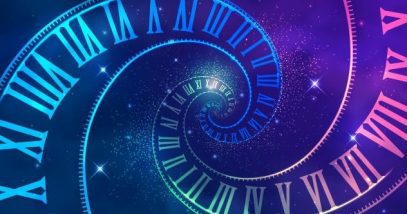 Pop Culture
Pop Culture 10 Fictional Universes That Reset the Canon
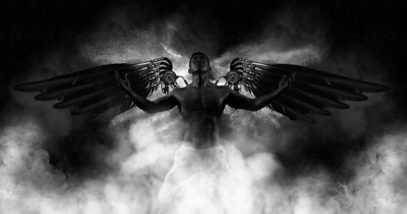 Pop Culture
Pop Culture 10 Evil Religions in Fiction
 Pop Culture
Pop Culture 10 Fictional Species Designed for Battle
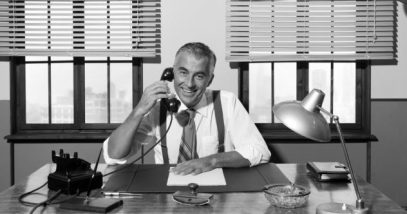 Pop Culture
Pop Culture 10 Pop Culture Figures Who Actually Existed
Editor’s Picks
 Movies and TV
Movies and TV 10 Psychiatric Diagnoses Of Horror Villains And Their Victims
 Movies and TV
Movies and TV 10 Greatest Movie MacGuffins Of All Time
 Movies and TV
Movies and TV 10 Iconic Movie And TV Restaurants That Are Actually Real
 Movies and TV
Movies and TV